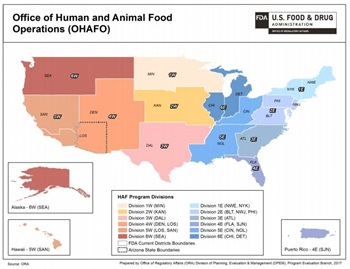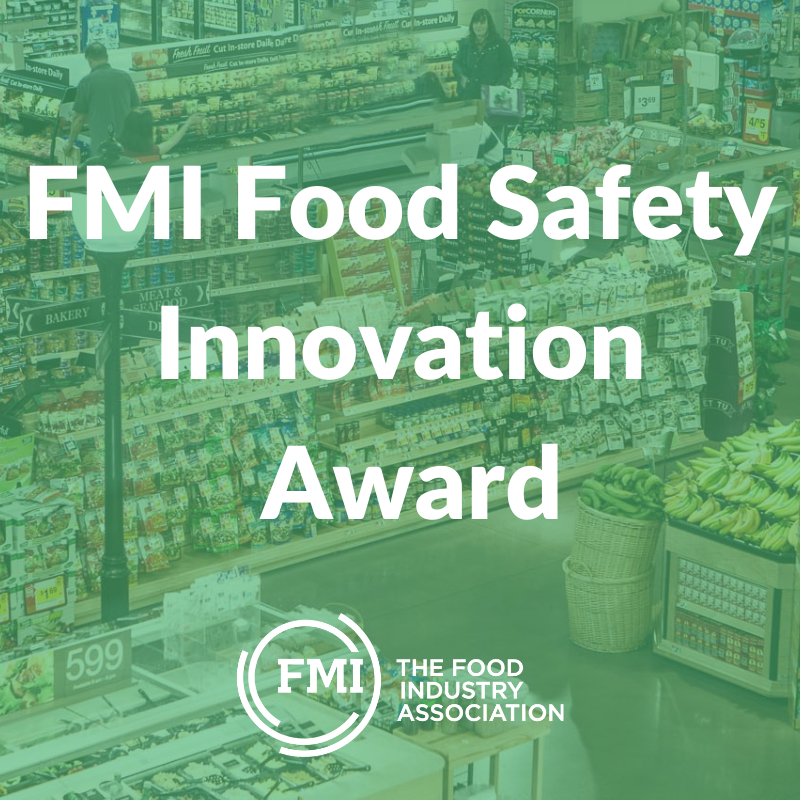By: Ashley Eisenbeiser, MS, CFS, Director, Food and Product Safety Programs, Food Marketing Institute

Food safety is the number one priority of the retail industry and maintaining food safety for customers requires diligence by the entire supply chain. Product recalls are the last step in the supply chain to remove potentially harmful products from commerce. There are endless reasons for product recalls, but no matter what, they are always highly stressful situations. The best way to handle recalls is to be prepared. During a recall, it is essential companies are prepared to communicate and work with their FDA District Recall Coordinator.
Recalls are actions taken by a firm to remove a product from the market. Recalls may be conducted on a firm's own initiative, by FDA request, or by FDA order under statutory authority. Recalls are classified as Class I, Class II, or Class III. How recalls are classified depends on the hazard and the risk it poses to public health. Below are some examples of how a recall might be classified based on the hazard and the risk to public health.
|
|
Examples |
|
Class I Recall |
|
|
Class II Recall |
|
|
Class III Recall |
|
Recalls are initiated for a number of reasons, including a problem was identified by the firm, findings during a routine inspection, consumer complaints, etc. Most recalls are voluntary and most companies proactively take action. No matter what the situation is, when a company is involved in any way with a recall, they should always consult and involve the FDA District Recall Coordinators throughout the entire process. Doing so is essential to ensuring appropriate actions are taken to protect public health as well as:
- Developing and implementing a recall strategy
- Determining the recall scope and depth
- Monitoring the progress of the recall
- Providing the final recall classification
According to the 2017 U.S. Grocery Shopper Trends report, 76 percent of shoppers cite that they are more likely to shop at a store that is proactive and prompt in communicating recalls. The ability of retailers to quickly take action during a recall is something that is valued by customers; therefore, it is critical that you communicate and openly share information with your FDA District Recall Coordinator.
Earlier this month, FMI held a webinar with FDA on recalls. The webinar provided insight into FDA’s recall process for handling and classifying recalls, shared strategies for working with district recall coordinators, and discussed FDA’s current initiatives related to recalls. A recording of the webinar, along with the webinar slides, is available here.
Looking for more on recalls? Here are some resources that can help you ensure recalls are implemented in a timely and efficient manner.


 Industry Topics address your specific area of expertise with resources, reports, events and more.
Industry Topics address your specific area of expertise with resources, reports, events and more.
 Our Research covers consumer behavior and retail operation benchmarks so you can make informed business decisions.
Our Research covers consumer behavior and retail operation benchmarks so you can make informed business decisions.
 Events and Education including online and in-person help you advance your food retail career.
Events and Education including online and in-person help you advance your food retail career.
 Food Safety training, resources and guidance that help you create a company food safety culture.
Food Safety training, resources and guidance that help you create a company food safety culture.
 Government Affairs work — federal and state — on the latest food industry policy, regulatory and legislative issues.
Government Affairs work — federal and state — on the latest food industry policy, regulatory and legislative issues.
 Get Involved. From industry awards to newsletters and committees, these resources help you take advantage of your membership.
Get Involved. From industry awards to newsletters and committees, these resources help you take advantage of your membership.
 Best practices, guidance documents, infographics, signage and more for the food industry on the COVID-19 pandemic.
Best practices, guidance documents, infographics, signage and more for the food industry on the COVID-19 pandemic.
